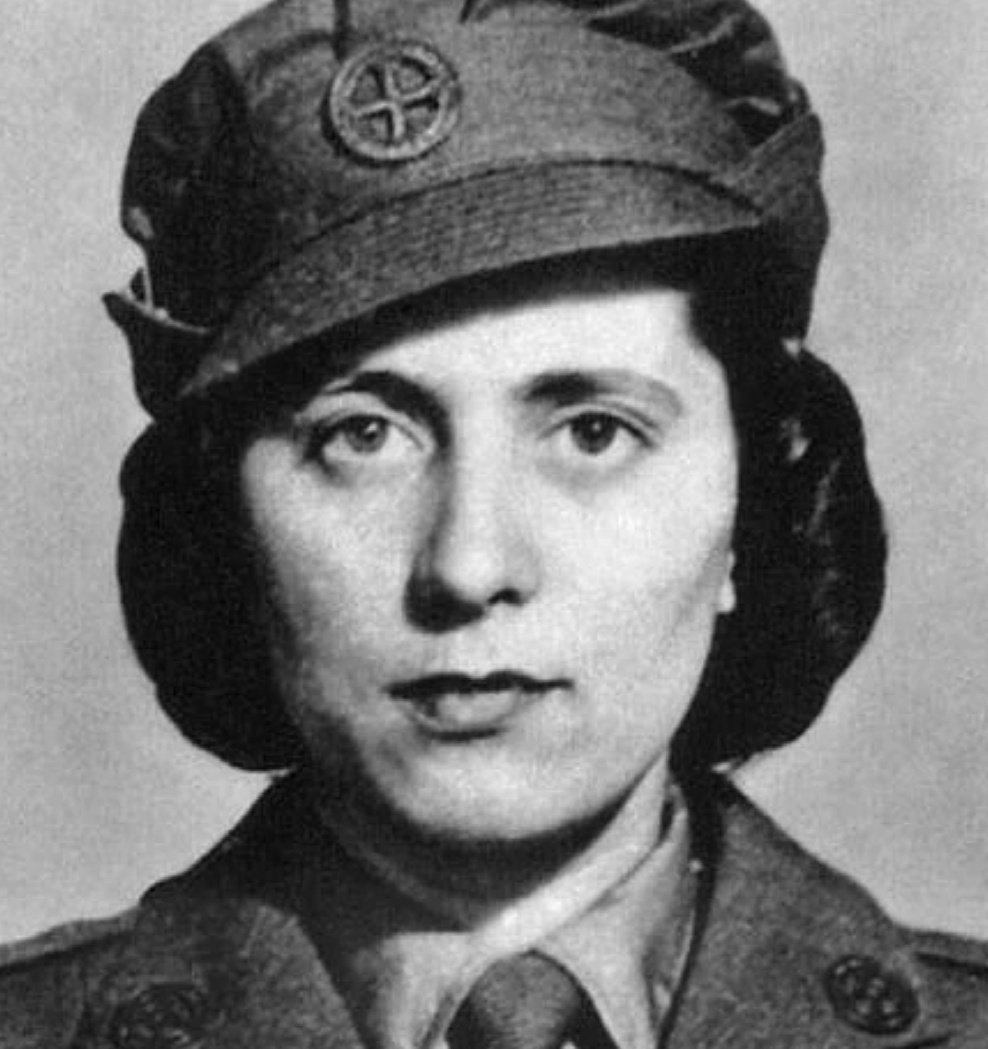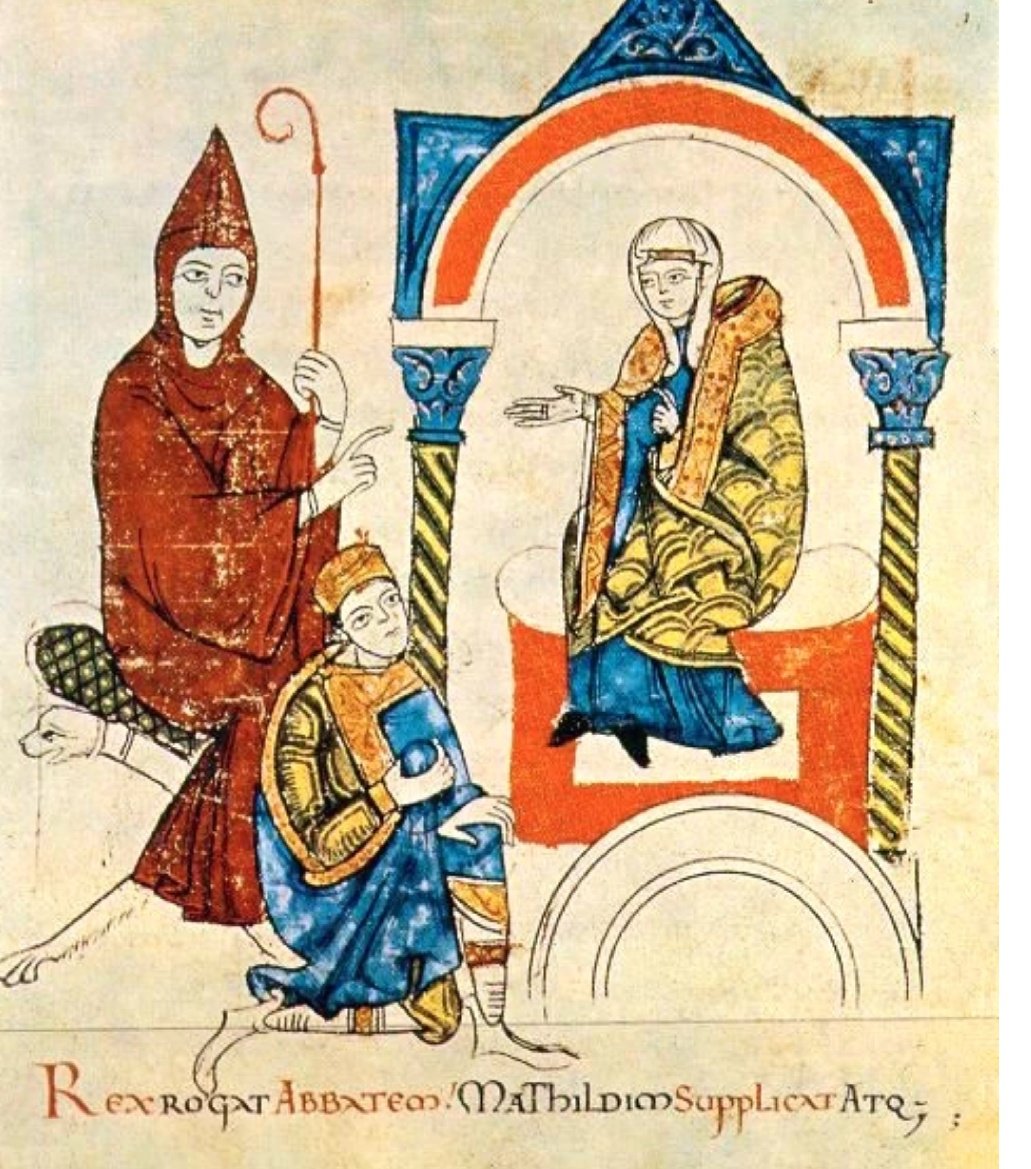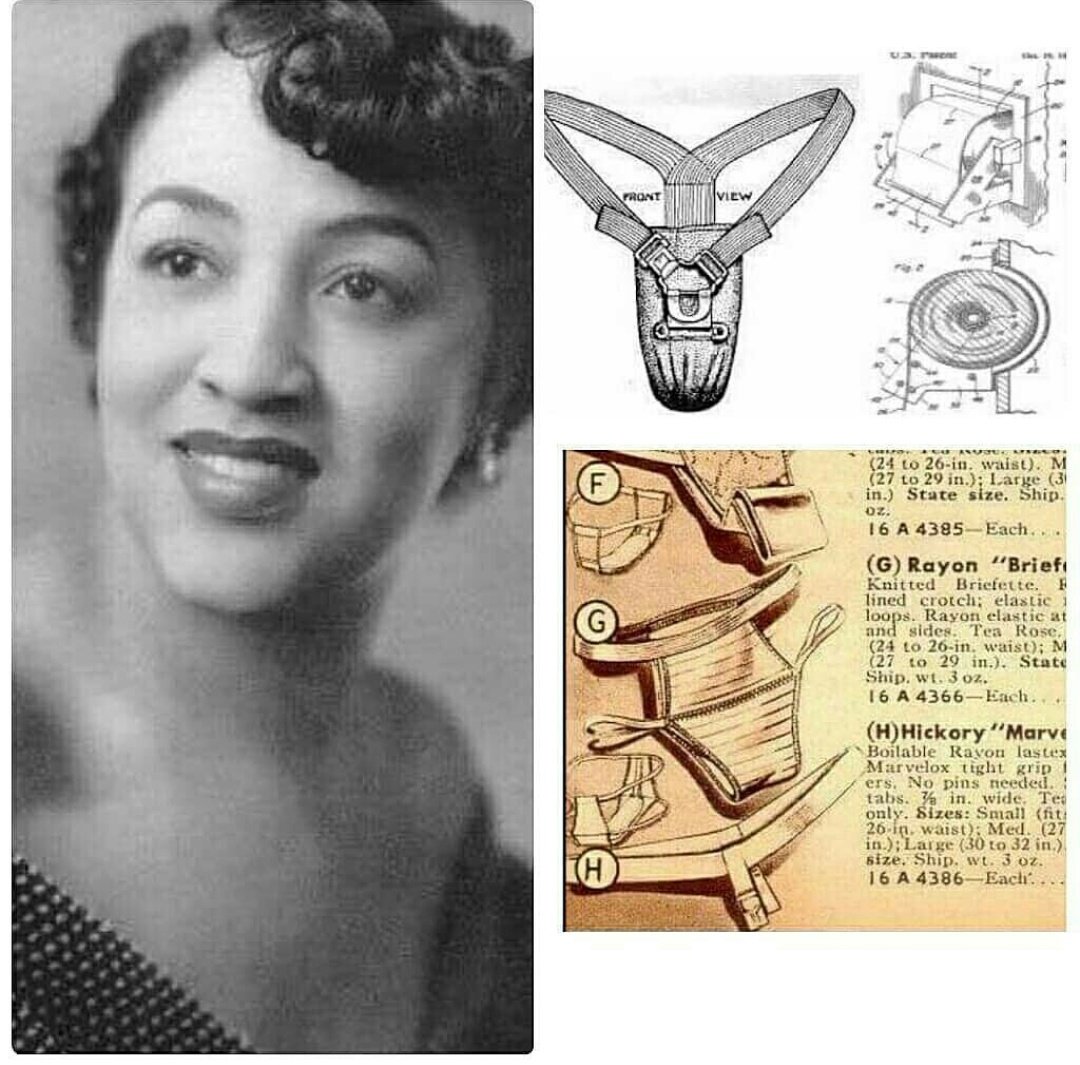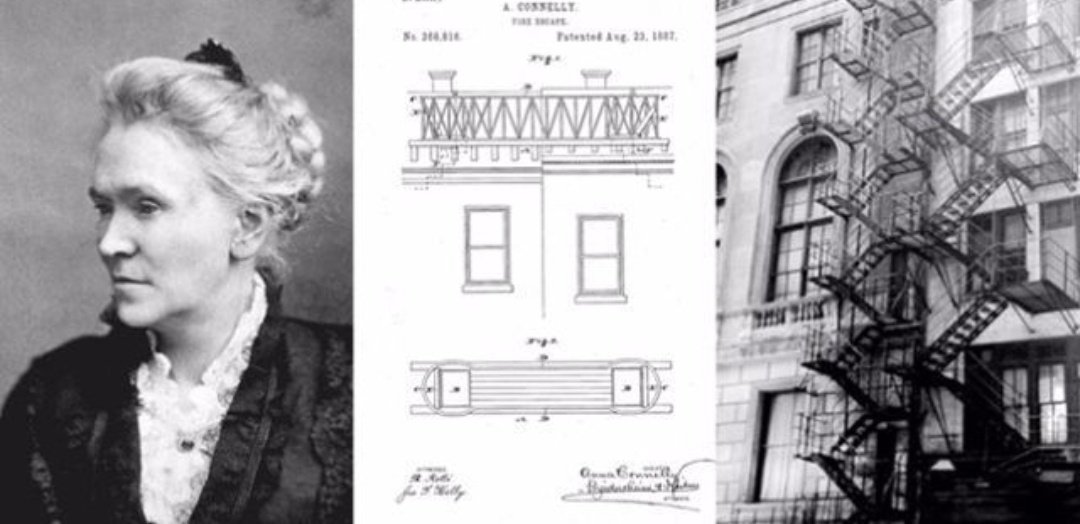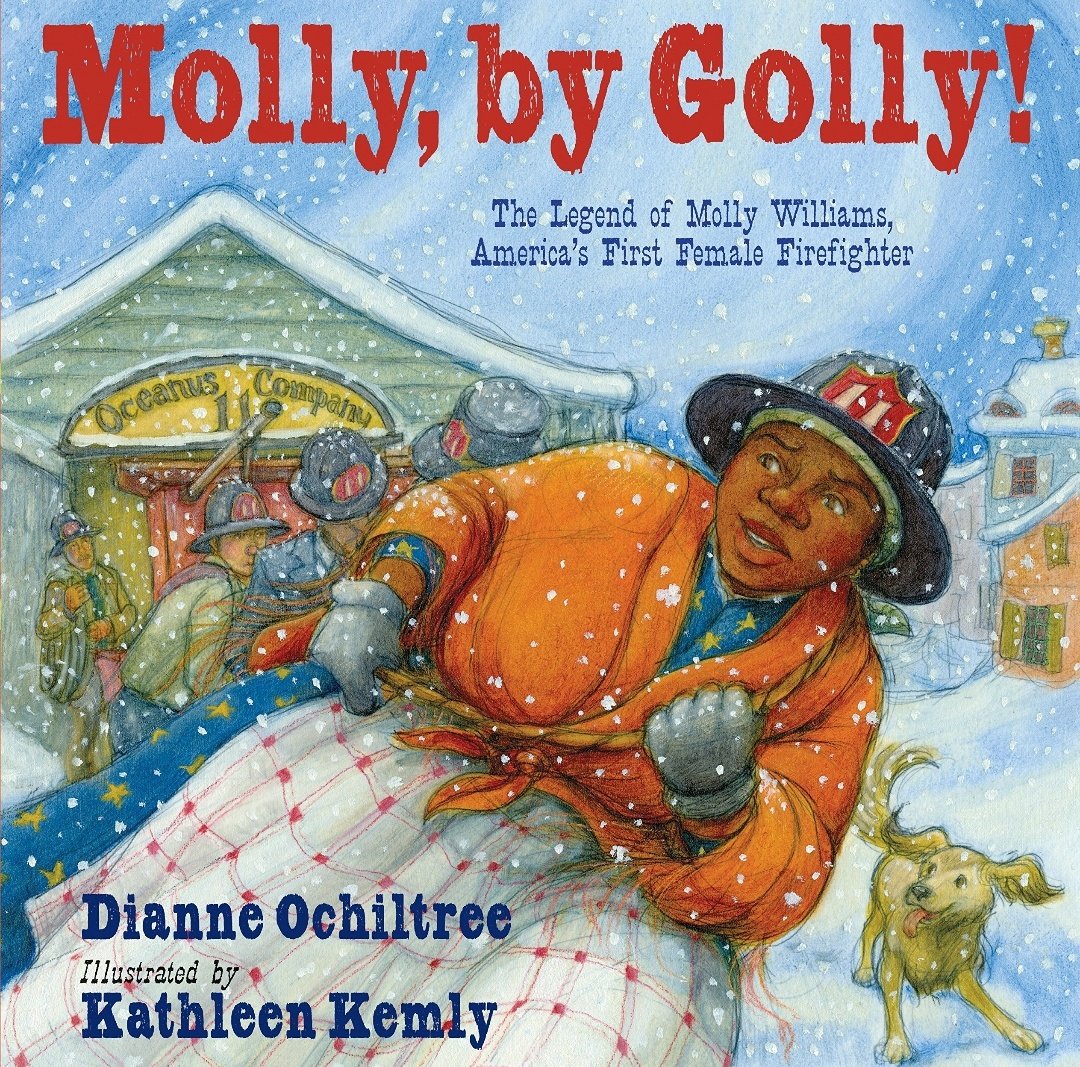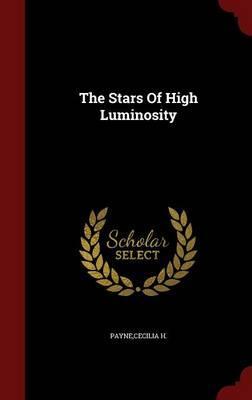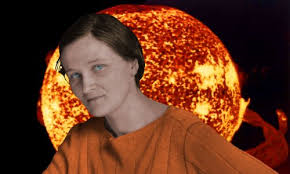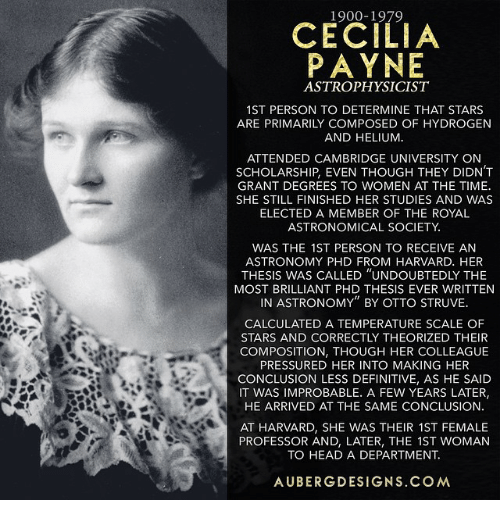Andree infiltrated France in the special forces and helped lead the Paris-based resistance.
She was captured and executed one month after D-Day in a concentration camp on French soil.
Despite this, Andree Borrel has been left out of history almost entirely.
She was captured and executed one month after D-Day in a concentration camp on French soil.
Despite this, Andree Borrel has been left out of history almost entirely.
Matilda of Tuscany (1046-1115)
Her name means & #39;mighty in war& #39; and she lived up to it.
Over the course of a 40-year military career, Matilda mustered troops for long-distance expeditions & fought successful defensive campaigns against the Holy Roman emperor.
Her name means & #39;mighty in war& #39; and she lived up to it.
Over the course of a 40-year military career, Matilda mustered troops for long-distance expeditions & fought successful defensive campaigns against the Holy Roman emperor.
She launched ambushes, engaged in urban warfare, directed sieges, lifted sieges and was besieged.
She built, stocked and fortified castles.
She maintained an effective intelligence network
She built, stocked and fortified castles.
She maintained an effective intelligence network
One of her legacies is the founding of around 100 churches, monasteries and hospices.
She knew Latin and could speak German and French.
She knew Latin and could speak German and French.
Gertrude Benham, born in London on 29 July 1867 (my daughter& #39;s birthday) was one of the most prolific world explorers & mountaineers you& #39;ve never heard of
Between 1904 & her death in 1938, she& #39;d circumnavigated the globe 7 times, climbed over 300 peaks of 10,000 feet & above
Between 1904 & her death in 1938, she& #39;d circumnavigated the globe 7 times, climbed over 300 peaks of 10,000 feet & above
Gertrude always travelled alone, hiring local porters on her trips abroad, covering thousands of kilometres on foot across Africa, New Zealand, India, Canada & the Himalayas
She carried a few books, sketched flowers & sold her knitting & embroidery to buy unusual items she liked
She carried a few books, sketched flowers & sold her knitting & embroidery to buy unusual items she liked
Attempts to summit Kilimanjaro by Europeans began in the 1880& #39;s but was one of the most treacherous of any climbs, even more so than today because of the risk of sudden blizzards.
When Benham set out to attempt it, a passing unit of German soldiers warned her not to climb it
When Benham set out to attempt it, a passing unit of German soldiers warned her not to climb it
They said, "This climb hadn& #39;t been completed by any Britisher, man nor woman and very seldom by anyone else."
Bonham& #39;s party then passed a pile of skeletons
Her porters took this as a sign of evil & turned back
Benham shouldered her own kit and summitted alone
Bonham& #39;s party then passed a pile of skeletons
Her porters took this as a sign of evil & turned back
Benham shouldered her own kit and summitted alone
She never received the acclaim that she deserved for this incredible achievement.
When her parents died when she was 36, she travelled to Canada, enticed by adverts promoting the exploration of the Rocky Mountains
When her parents died when she was 36, she travelled to Canada, enticed by adverts promoting the exploration of the Rocky Mountains
One of the toughest peaks was Mt Fay, named for Charles Fay, an American mountaineer who had not even managed to climb it himself.
They both set off to scale the peak at the same time but took different routes. Charles Fay failed to summit whilst Gertrude Benham succeeded
They both set off to scale the peak at the same time but took different routes. Charles Fay failed to summit whilst Gertrude Benham succeeded
She gave her incredible collection of over 600 items from around the world, including her well worn travel boots to the Museum of Plymouth
Sadly she died in 1938 aboard a ship off the East coast of Africa & was buried at sea.
Sadly she died in 1938 aboard a ship off the East coast of Africa & was buried at sea.
Mary Beatrice Davidson Kenner was a self-taught inventor who created the sanitary belt and filed five patents in her lifetime.
Born in 1912 in Charlotte, North Carolina, ideas for self oiling door hinges to stop her bedroom door squeaking ignited a spark deep inside her.
Born in 1912 in Charlotte, North Carolina, ideas for self oiling door hinges to stop her bedroom door squeaking ignited a spark deep inside her.
New ideas for inventions would wake her up from sleep
She occupied herself drawing up models & building them.
She occupied herself drawing up models & building them.
While other children her age were drawing fanciful aeroplanes & sports cars, Kenner was making thoughtful plans for a convertible roof that would go over the folding rumble seat of a car, where back-seat passengers were usually exposed to the elements.
When her family moved to Washington DC in 1924, Kenner would stalk the halls of the United States Patent and Trademark Office, trying to work out if someone had beaten her to it and led a patent for an invention first.
The 12-year-old didn’t find any that had done so.
The 12-year-old didn’t find any that had done so.
In 1931 Kenner graduated from high school & earned a place at Howard University, but was forced to drop out a year into her course due to financial pressures
She took on odd jobs such as babysitting before landing a position as a federal employee, but she continued tinkering.
She took on odd jobs such as babysitting before landing a position as a federal employee, but she continued tinkering.
The problem was money
FIling a patent was, & is an expensive business.
By 1957 Kenner had saved enough money to her first ever patent: a belt for sanitary napkins.
It was long before the advent of disposable pads & women were still using cloth pads and rags during their period
FIling a patent was, & is an expensive business.
By 1957 Kenner had saved enough money to her first ever patent: a belt for sanitary napkins.
It was long before the advent of disposable pads & women were still using cloth pads and rags during their period
One day she was contacted by a company that expressed an interest in marketing her sanitary belt.
She was so excited. She saw that things were coming her way at last.
A company rep drove to Kenner& #39;s house in Washington to meet with their prospective client
She was so excited. She saw that things were coming her way at last.
A company rep drove to Kenner& #39;s house in Washington to meet with their prospective client
She quotes, "Sorry to say, when they found out I was black, their interest dropped. The representative went back to New York and informed me that the company was no longer interested "
Unfettered, Kenner continued inventing all of her adult life.
She eventually managed to file five patents in total, more than any other African American woman in history.
She eventually managed to file five patents in total, more than any other African American woman in history.
Kenner had no college degree or professional training. She never became rich from her inventions.
But that was incidental to her. She believed anyone could become an inventor if they put their mind to it
"Every person is born with a creative mind. Everyone has that ability"
But that was incidental to her. She believed anyone could become an inventor if they put their mind to it
"Every person is born with a creative mind. Everyone has that ability"
Did you know that modern fire escapes owe their existence to a woman?
At a time before women were allowed to vote or even work outside the home, Anna Connelly was one of the first women to submit an idea to the patent office.
At a time before women were allowed to vote or even work outside the home, Anna Connelly was one of the first women to submit an idea to the patent office.
In 1887, Anna Connelly of Philadelphia submitted a patent for her newest invention- a fire escape bridge.
This bridge type structure would connect adjacent buildings at the roof line.
This bridge type structure would connect adjacent buildings at the roof line.
If a fire broke out and people could get to the top of the building, they could escape across the bridge to safety to the building next door.
It had steel or iron railings along the side to prevent people from slipping or falling off in panic.
It had steel or iron railings along the side to prevent people from slipping or falling off in panic.
Little is known about Anna Connelly. According to city records, she had been filing patents since 1877, but her fire escape bridge is her most valuable contribution.
Like many other women inventors, her name is only mentioned briefly in history.
Like many other women inventors, her name is only mentioned briefly in history.
Molly Williams was an African American woman, held as a slave belonging to a New York City merchant by the name of Benjamin Aymar.
Aymar had an interest in firefighting and he would often volunteer as a firefighter with Oceanus Engine Co. 11 in Lower Manhattan
Aymar had an interest in firefighting and he would often volunteer as a firefighter with Oceanus Engine Co. 11 in Lower Manhattan
During 1818, a blizzard hit the city and an influenza outbreak took many male volunteers out of work.
Williams took the place of the sick men and helped out in the fire house.
Williams took the place of the sick men and helped out in the fire house.
During this time a call came into the firehouse.
Williams answered the call and pumped out as much strength as all the men.
Williams earned the name Volunteer 11.
She was also well noted for her distinguished presence in her attire
A dress and checkered apron.
Williams answered the call and pumped out as much strength as all the men.
Williams earned the name Volunteer 11.
She was also well noted for her distinguished presence in her attire
A dress and checkered apron.
Although not specifically a woman who invented something, she is definitely worth a place here in this thread.
When I& #39;m still being challenged in 2019 as to whether women deserve a place in the fire service, Molly Williams already proved that in 1818.
Amazing woman
Legend
When I& #39;m still being challenged in 2019 as to whether women deserve a place in the fire service, Molly Williams already proved that in 1818.
Amazing woman
Legend
In 1925, when astronomers believed starts to be made of heavy elements, a 25 year old student called Cecelia H Payne wrote a revolutionary doctoral dissertation.
She claimed that our Sun, all stars and thus the universe itself, were composed mainly of hydrogen.
She claimed that our Sun, all stars and thus the universe itself, were composed mainly of hydrogen.
She had a great start to life.
At age six, Cecilia began attending a small girls’ school across the street from her home in Wendover.
It was run by Miss Elizabeth Edwards, who told her classes that women were the stronger sex
At age six, Cecilia began attending a small girls’ school across the street from her home in Wendover.
It was run by Miss Elizabeth Edwards, who told her classes that women were the stronger sex
Cecilia learned to read. There were frequent exercises in mental arithmetic. Miss Edwards required her girls to learn lengthy poems by heart – Cecilia said this helped her later scientific work because it developed her memory to a very high level.
By the time she left this small school, Cecilia had learned basic Latin and could speak French and German.
She had studied geometry, could do algebra up to the level of quadratic equations and had been taught how to use a chemical balance. At home she became a skilled pianist.
She had studied geometry, could do algebra up to the level of quadratic equations and had been taught how to use a chemical balance. At home she became a skilled pianist.
Payne received the first Ph.D. in astronomy from Radcliffe College for her thesis since Harvard did not grant doctoral degrees to women.
Astronomers Otto Struve and Velta Zebergs later called her thesis “Undoubtedly the most brilliant Ph.D. thesis ever written in astronomy.”
Astronomers Otto Struve and Velta Zebergs later called her thesis “Undoubtedly the most brilliant Ph.D. thesis ever written in astronomy.”
Henry Norris Russell, the leading contemporary expert on stellar spectra, dismissed the young woman& #39;s theses as "impossible
He thought stars would have the same composition as Earth
He thought stars would have the same composition as Earth
Payne soon realized that Russell’s influence on American astronomy was so powerful that to get on the wrong side of him would be professional suicide.
Four years later. Henry Russell published a paper of his own announcing the EXACT same conclusions.
Whilst her name should be as well known as Galileo, Newton or Einstein, the patriarchal structure of Institutional academia prevented this from happening & she has been forgotton
Whilst her name should be as well known as Galileo, Newton or Einstein, the patriarchal structure of Institutional academia prevented this from happening & she has been forgotton
Today, all our science textbooks name hydrogen as the most abundant atom in the universe, but few acknowledge how we got to this essential conclusion.
Say her name.
Remember Cecelia Payne
Thanks to @marcuschown & @paulanthd for this addition
Say her name.
Remember Cecelia Payne
Thanks to @marcuschown & @paulanthd for this addition

 Read on Twitter
Read on Twitter